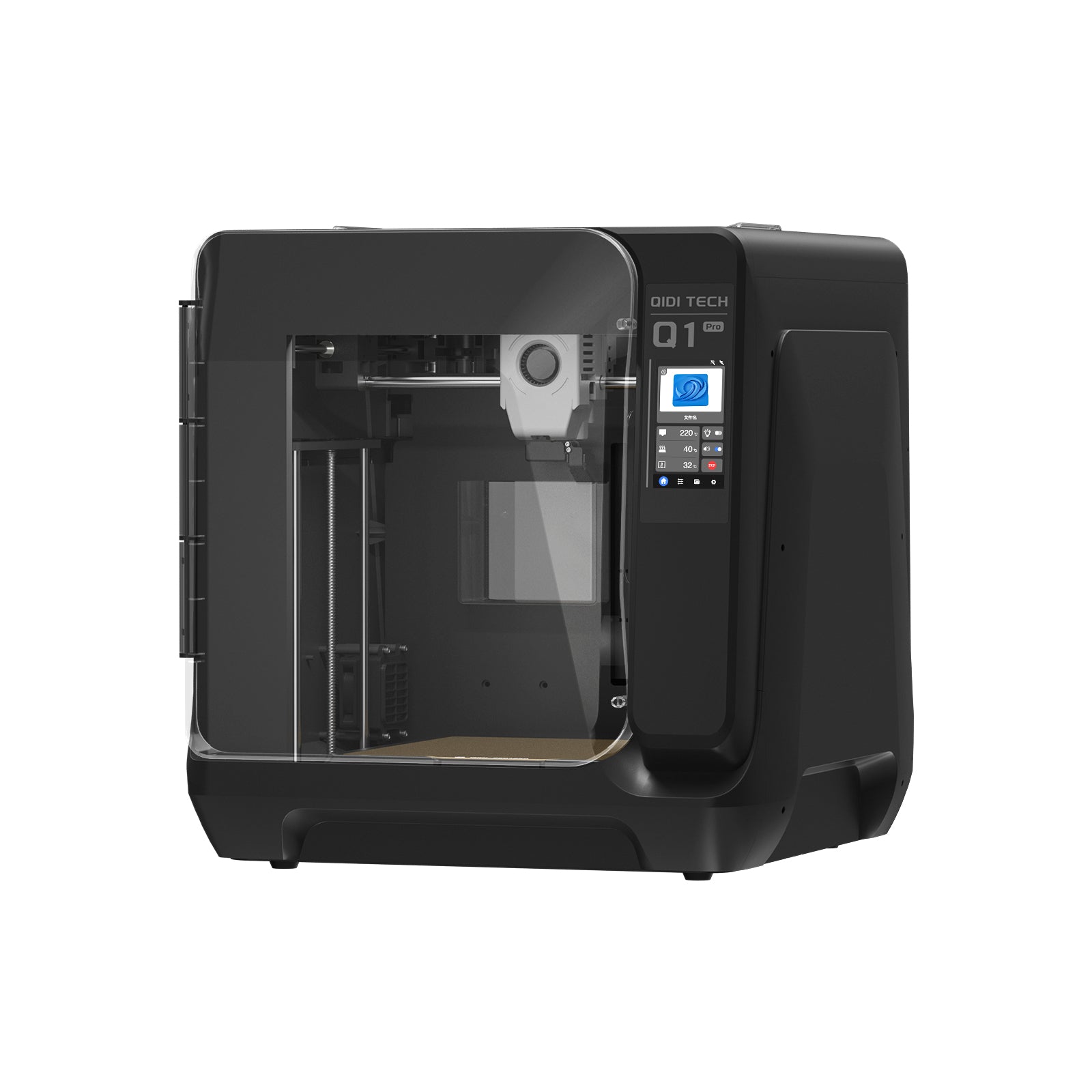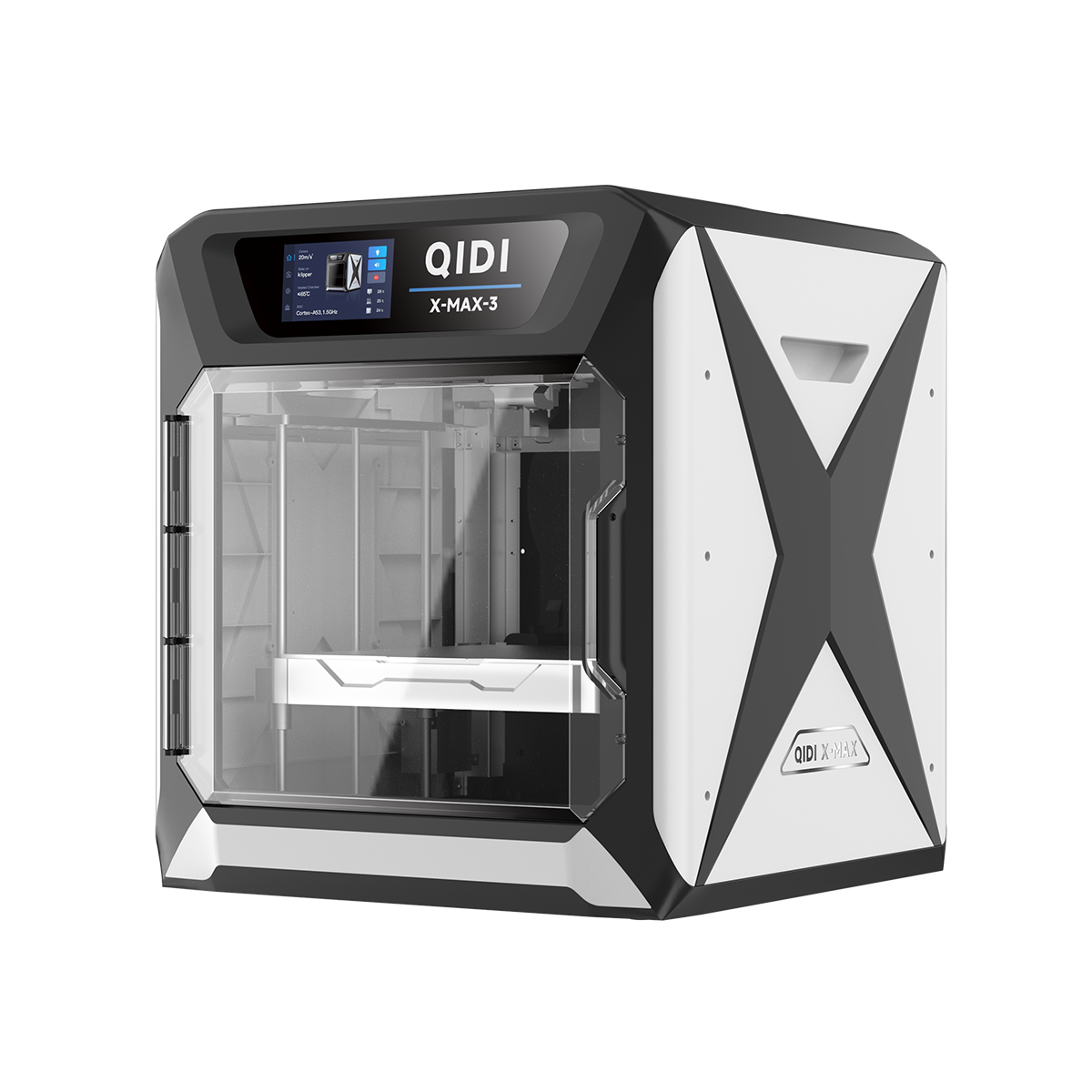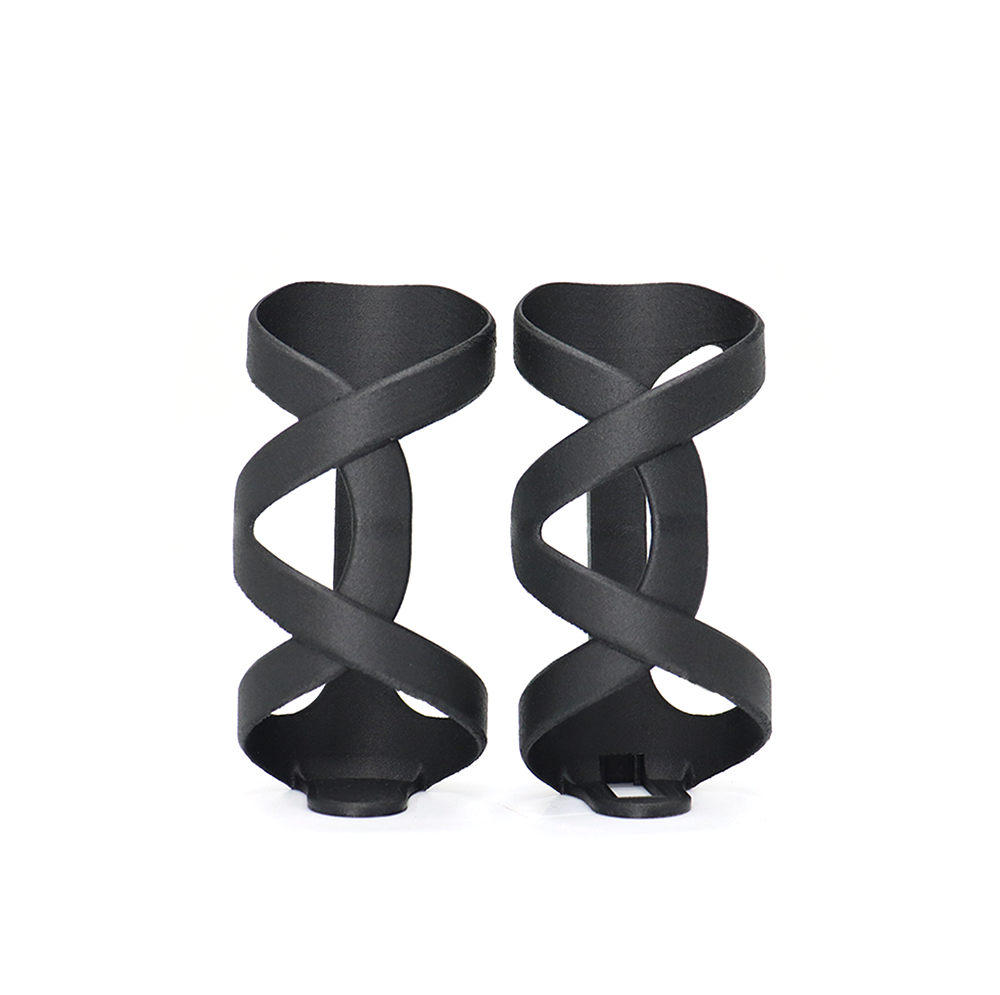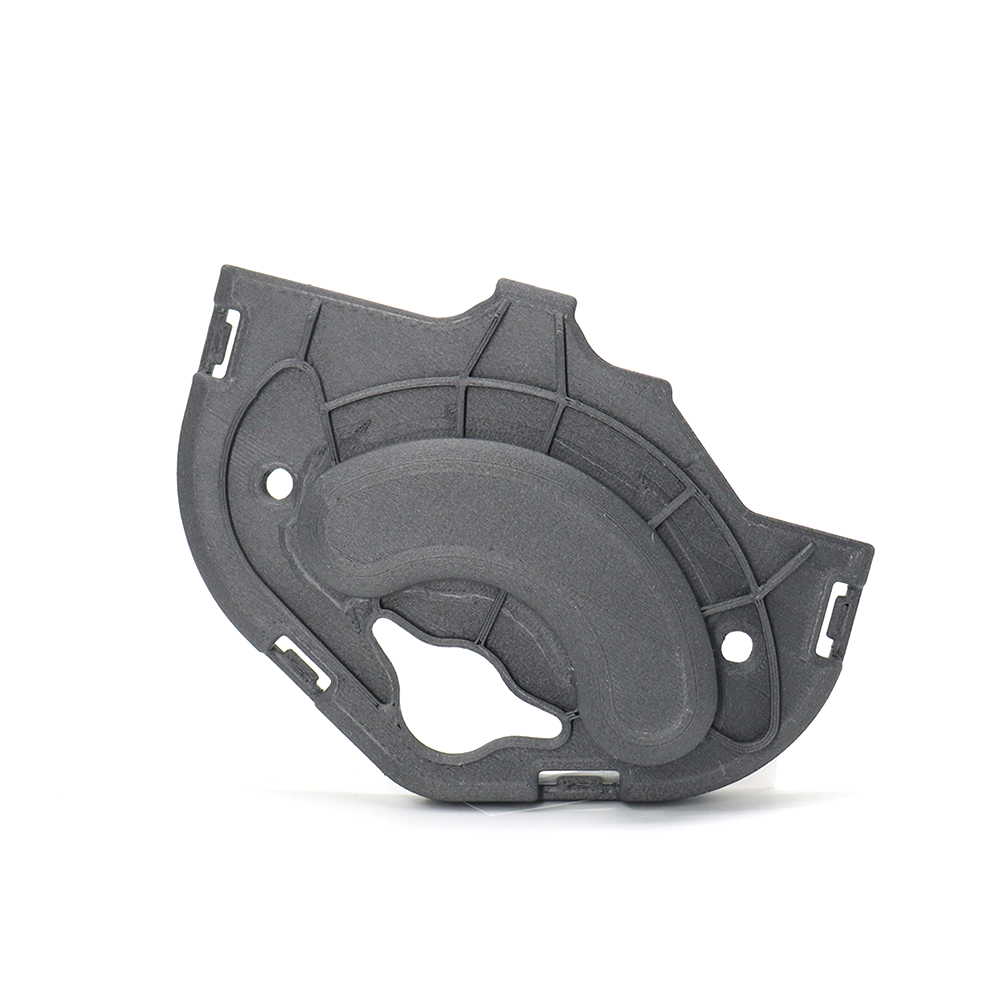How Much Does 3D Printing Filament Cost
Table of Contents
- The Basics of 3D Printing Filament
- Factors Influencing 3D Filament Cost
- Average Prices of 3D Filament
- How to Calculate Your 3D Filament Needs and Costs
- Where to Buy 3D Printing Filament
- How to Save Money on 3D Filament
- Beyond the Price Tag - Value Considerations
- Maximize Your 3D Printing Potential
- Read More
In the world of 3D printing, filament is like ink for your printer. The choice of filament can significantly impact both the cost and quality of your 3D-printed objects. With many filaments available, each with unique properties and price points, understanding the factors that influence filament pricing can help you make informed decisions.
The Basics of 3D Printing Filament
Before diving into filament pricing, let's understand the basics of 3D printing filament. The filament is the thermoplastic material melted and extruded by your 3D printer to create objects layer by layer. It comes in various types, each with distinct properties and characteristics.

Common Types of 3D Printing Filaments
Some of the most common types of filaments include:
- PLA (Polylactic Acid): Known for its ease of use, biodegradability, and wide range of available colors.
- ABS (Acrylonitrile Butadiene Styrene): Offers durability, impact resistance, and heat resistance, making it suitable for functional parts.
- PETG (Polyethylene Terephthalate Glycol): Combines the benefits of PLA and ABS, providing good strength, flexibility, and chemical resistance.
These are just a few examples from the wide range of filament options, which also include specialty materials like flexible, composite, and conductive filaments, each with unique properties and applications.
Filament Diameters and Compatibility
Filament comes in different diameters to fit various 3D printers. The most common diameters are 1.75mm and 2.85mm (also known as 3.00mm). Choose the correct diameter compatible with your printer to ensure smooth and reliable printing.
Factors Influencing 3D Filament Cost
Now that we understand the basics of 3D printing filament let's explore the key factors influencing its cost.
Material Type of 3D Filament
The material used to make the filament significantly affects its price. Standard materials like PLA and ABS are more affordable than specialty filaments like flexible TPU, composite materials with carbon fiber or metal particles, and conductive filaments. These specialty filaments often have a higher price due to their unique properties and advanced manufacturing processes.
3D Filament Diameter and Tolerance
Filament diameter can also affect cost. 1.75mm filaments are typically more expensive than 2.85mm/3.00mm ones. Filament tolerance, which refers to the consistency and accuracy of its diameter along the spool, impacts print quality and price. Higher-quality filaments with tighter tolerances tend to be more expensive.
Spool Size and Weight
Filament is sold in spools, and the size and weight of these spools influence the overall cost. Common spool sizes range from 0.5kg to 2kg, with 1kg being the most popular. Larger spools often have a lower price per kilogram than smaller spools. Consider your usage requirements and storage capacity when deciding on spool size.
Manufacturing Quality and Brand
Manufacturing process quality and brand reputation also impact price. Premium brands invest in advanced production techniques, strict quality control, and extensive research and development to create high-quality filaments, contributing to a higher price compared to budget options. Strike a balance between cost and quality, as low-quality filament can lead to poor print results and potential printer damage.
Average Prices of 3D Filament
The average prices of filament vary depending on the material type, brand, and other factors discussed earlier. Here's a general overview of the price ranges for some popular filament types:
- PLA: $15 to $40 per kilogram
- ABS: $20 to $55 per kilogram
- PETG: $20 to $40 per kilogram
These are rough estimates, and prices can fluctuate based on market trends, seasonal promotions, and other variables.
Price per Kilogram vs. Price per Meter
When comparing filament prices, consider both the price per kilogram and the price per meter. The price per kilogram provides a general idea of the overall cost, while the price per meter takes into account the filament's density and diameter, giving you a more accurate representation of the actual cost per printed object.
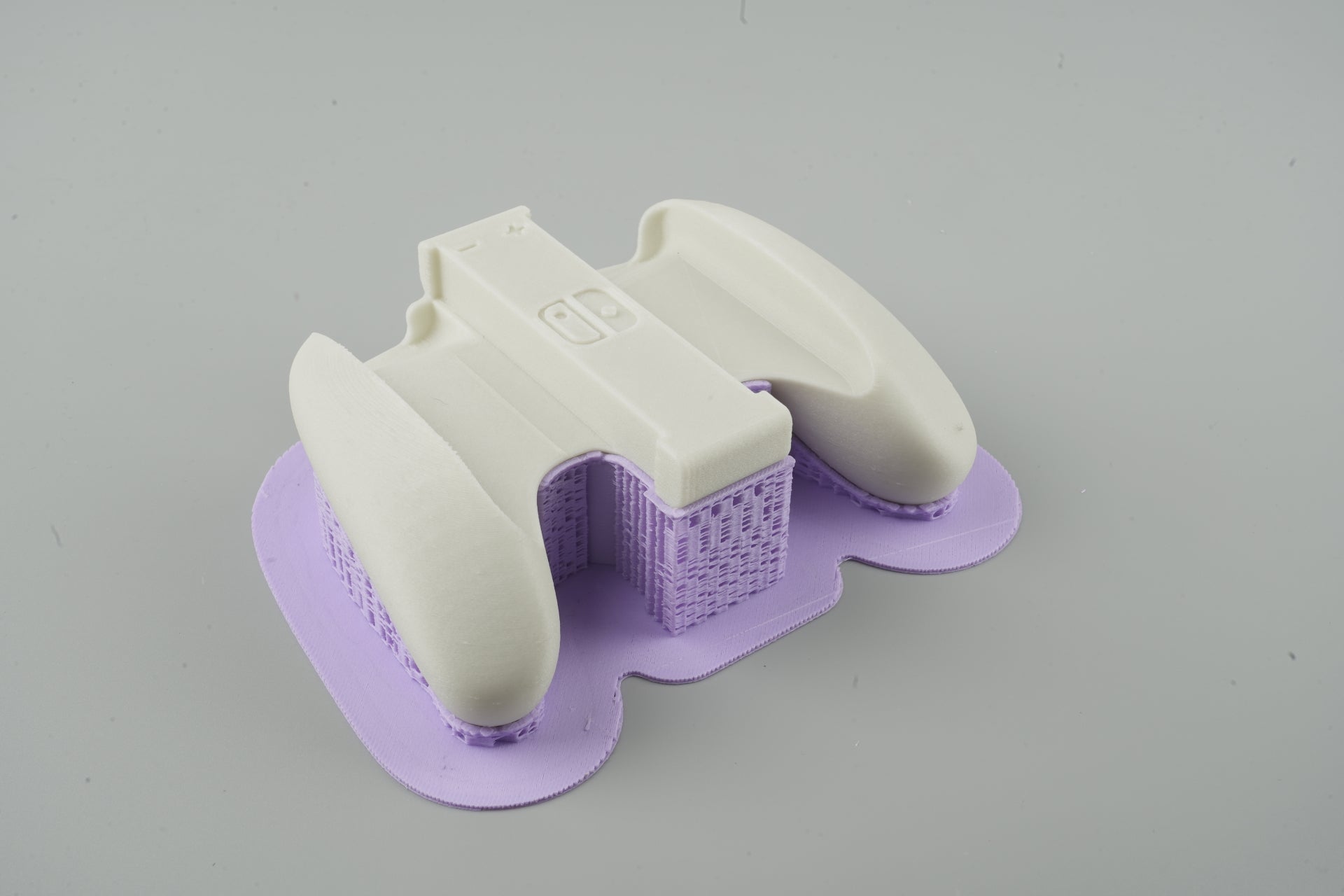
How to Calculate Your 3D Filament Needs and Costs
To make informed decisions about filament purchases, estimate your filament usage for typical projects and calculate the associated costs.
Estimating 3D Filament Usage
Consider the size and complexity of your 3D printed objects, as well as the infill percentage and layer height settings you typically use. These factors will impact the amount of filament needed for each print.
Software Tools and Resources
Various software tools and online resources can help you estimate filament usage and costs. Slicing software often includes features that calculate the amount of filament needed for a specific model based on your print settings. Online filament calculators can also provide quick estimates based on the dimensions and settings of your print.
Tips for Minimizing 3D Filament Waste
To reduce expenses, it's important to minimize filament waste. Some tips include:
- Properly calibrating your 3D printer to ensure accurate extrusion
- Optimizing print settings to minimize unnecessary filament usage
- Using support structures sparingly and designing models to minimize the need for supports
- Recycling and reusing filament scraps when possible
By following these tips and using estimation tools, you can better understand your filament needs and costs, helping you make informed purchasing decisions.
Where to Buy 3D Printing Filament
When purchasing 3D printing filament, you have several options available.
Online Retailers vs. Local Suppliers
Online retailers offer a wide selection of filaments from various brands, often at competitive prices. They provide the convenience of shopping from home and the ability to compare prices and read customer reviews easily.
Local suppliers, such as 3D printing stores or hobby shops, offer the advantage of seeing and touching the filament in person before making a purchase. They can also provide valuable advice and immediate support if needed. However, local selection may be limited compared to online options.
Community Recommendations and Reviews
Before making a purchase, seek recommendations and read reviews from the 3D printing community. Online forums, social media groups, and 3D printing websites are excellent resources for gathering insights from experienced users who can share their firsthand experiences with different filament brands and types.
By considering these factors and gathering information from the 3D printing community, you can make an informed decision when purchasing a filament that best suits your needs and budget.
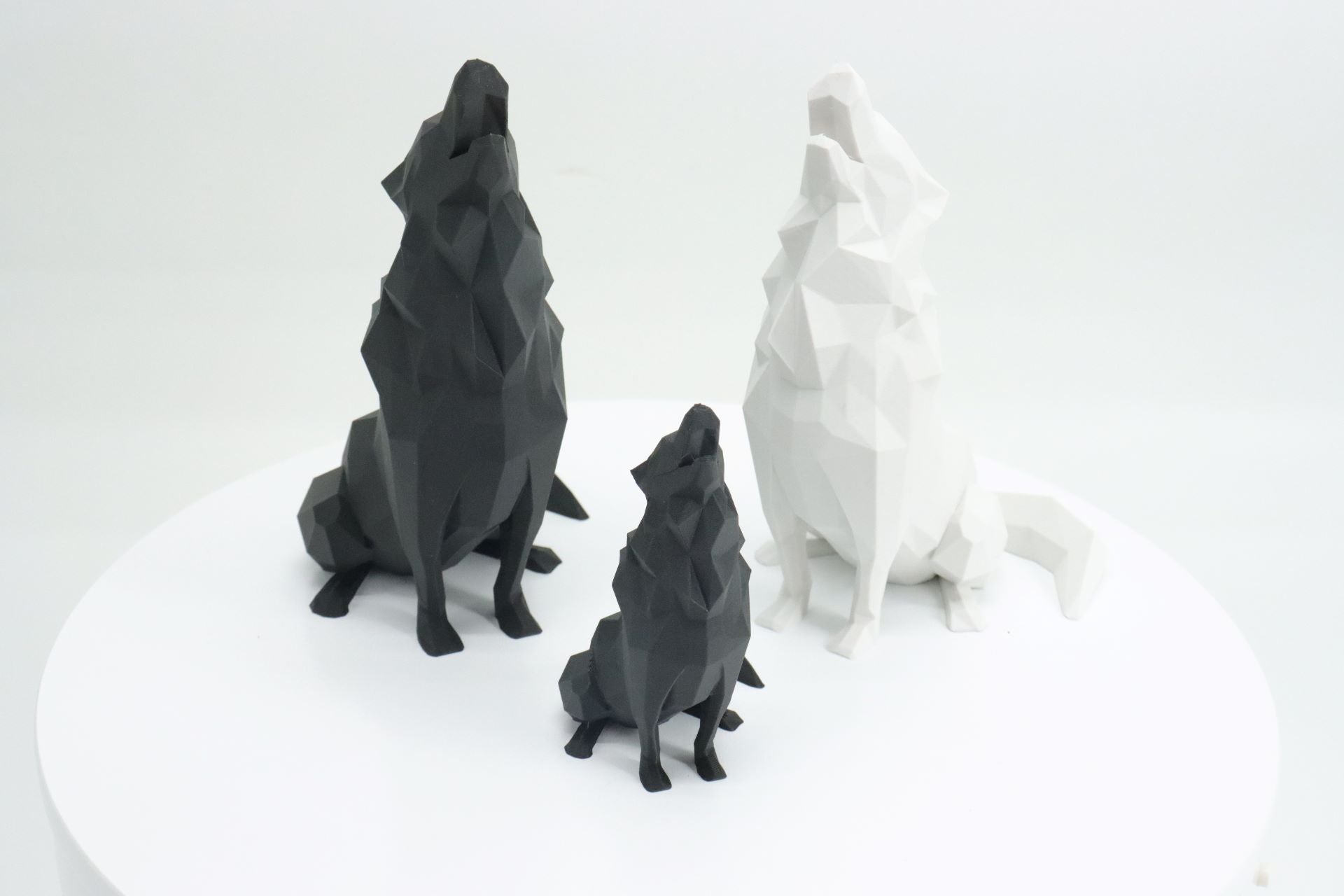
How to Save Money on 3D Filament
While quality should be a top priority, there are several strategies to save money on filament without compromising your 3D printing results.
Purchasing in Bulk or During Sales
Buying filament in bulk or during sales events can result in significant savings. Many retailers offer discounts for larger orders or periodic promotions, like QiDi's "Buy 2, get 15% off; Buy 3, get 20% off" deal. Look for these opportunities to stock up on your preferred filaments at a lower cost.
Joining Maker Spaces or Community Groups
Joining local maker spaces or 3D printing community groups can provide access to shared resources and bulk purchasing opportunities. These communities often negotiate group discounts with suppliers, allowing members to benefit from lower prices on filament and other supplies.
Recycling and Reusing Filament Scraps
Don't waste filament scraps! Many enthusiasts find creative ways to recycle and reuse leftover filament, such as creating multicolored prints by fusing scraps together or using them for small test prints or calibration objects. Repurposing scraps can help you get the most value out of your materials.
Beyond the Price Tag - Value Considerations
While cost is important when choosing a 3D printing filament, consider the long-term value and impact on your 3D printing experience.
Filament Quality and Print Success
High-quality 3d printing filaments can significantly improve the success rate of your 3D prints. Poor-quality filament can cause issues like inconsistent extrusion, clogging, warping, and poor layer adhesion, resulting in failed prints and wasted time and materials. Investing in reliable, high-quality filament can save you from frustration and additional costs.
Long-Term Costs of Low-Quality Filament
Low-quality filament may seem like a cost-saving option upfront but can lead to higher long-term costs. Frequent print failures, reduced print quality, and potential damage to your 3D printer can result in increased expenses over time. Consider the total cost of ownership, including potential replacements, repairs, and lost productivity.
Filament Storage and Handling Costs
Proper storage and handling are essential to maintain filament quality and performance. Exposure to moisture, extreme temperatures, or direct sunlight can degrade filament and negatively impact print results. Investing in proper storage solutions, such as airtight containers with desiccants, can preserve filament quality and minimize waste. These additional costs contribute to the overall value and longevity of your filament investment.
Maximize Your 3D Printing Potential
Understanding the factors influencing filament cost and balancing upfront expenses with long-term value is key to successful and cost-effective 3D printing. By making informed decisions, employing smart purchasing strategies, and learning from the community, you can optimize your filament expenses and unlock the full potential of your 3D printing journey. Elevate your 3D printing game and enjoy exclusive savings with QiDi's offer on premium filament.
